Vacuum capping machines are an essential tool for preserving the freshness and quality of food and beverage products. These machines create a vacuum inside the container, which removes the air and creates a tight seal to prevent the growth of bacteria and other microorganisms. In this article, we will discuss the working principles, types, and trends of vacuum capping machines.

1.Working Principles
The working principle of a vacuum capping machine involves creating a vacuum within the container and then using a cap to seal the container under vacuum. The process typically involves the following steps:
1.Placing the container: The first step is to place the container that needs to be sealed on the machine's conveyor belt or platform.
2.Creating a vacuum: The machine then creates a vacuum within the container using a vacuum pump or a vacuum chamber. The vacuum pump removes the air from the container, which reduces the pressure inside it.
3.Applying the cap: Once the vacuum level is reached, the machine applies the cap to the container. The cap is typically made of metal or plastic and may be threaded or snap-on type.
4.Sealing the cap: The machine then seals the cap onto the container using a heat sealing or induction sealing process. The sealing process creates an airtight seal between the cap and the container, preventing any air from entering the container.
5.Releasing the vacuum: Once the sealing process is complete, the machine releases the vacuum, allowing the atmospheric pressure to push down on the cap and create a tight seal.
Vacuum capping machines can be used to seal a variety of containers, including jars, bottles, and cans, and are commonly used in the food and beverage industry to preserve the freshness and shelf life of products. The working principle of a vacuum capping machine ensures that the product is sealed under vacuum, which prevents air and moisture from entering the container, helping to extend the product's shelf life and maintain its quality.
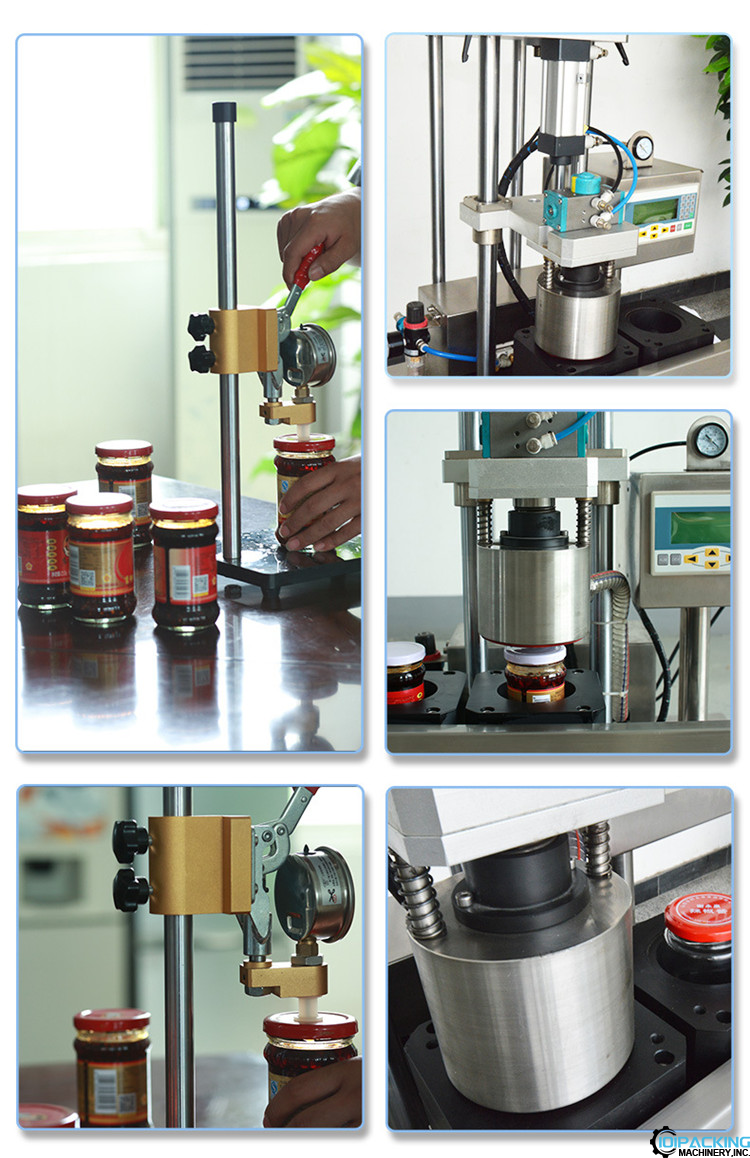
2.Types
There are several types of vacuum capping machines available, each designed to meet specific production requirements and container types. Here are some of the most common types of vacuum capping machines:
1.Single-head vacuum capping machine: This type of machine consists of a single capping head that seals one container at a time. It is suitable for low to medium volume production and can handle a variety of container shapes and sizes.
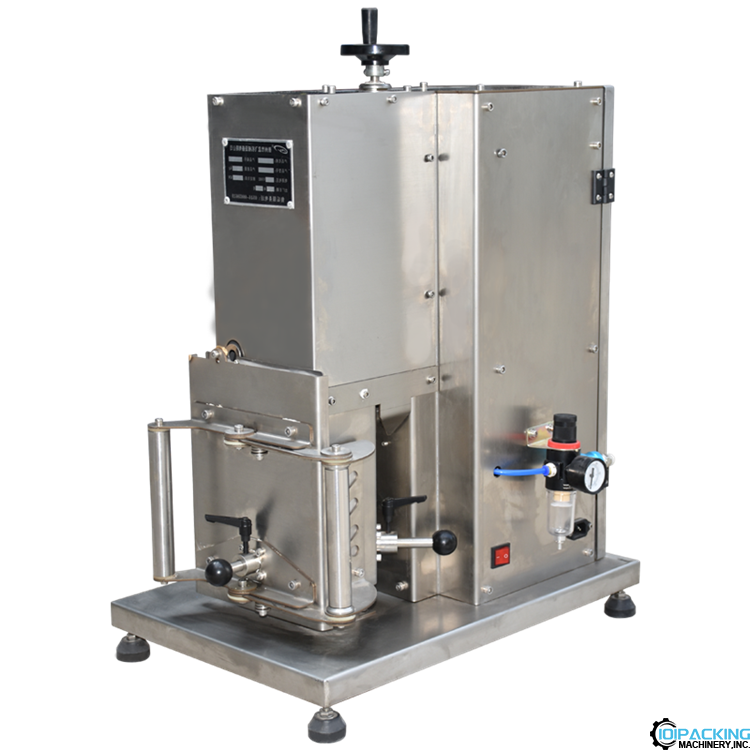
2.Multi-head vacuum capping machine: This type of machine has multiple capping heads that can seal multiple containers simultaneously. It is suitable for high volume production and can handle a wide range of container types and sizes.
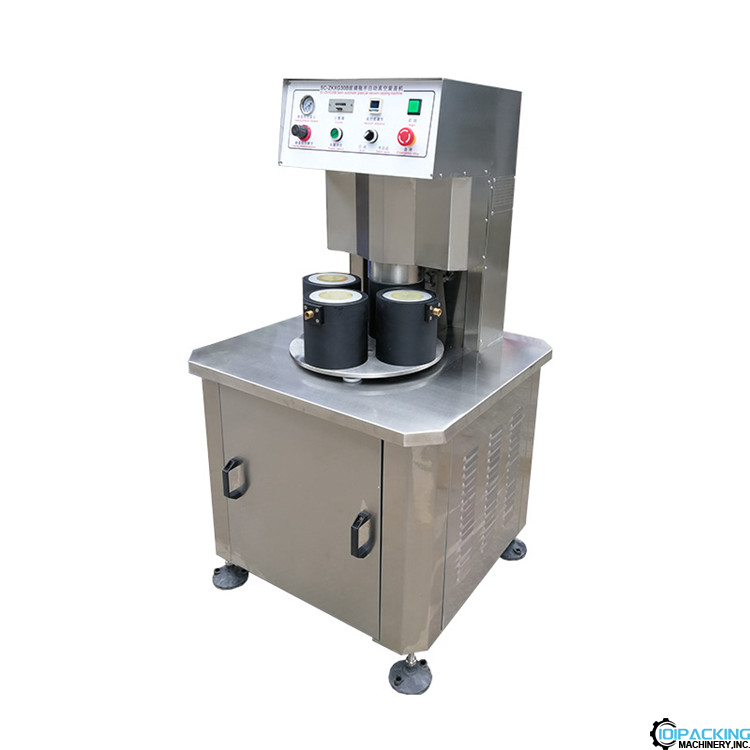
3.In-line vacuum capping machine: This type of machine is designed to be integrated into a production line, where containers are automatically fed into the machine and sealed. It can handle high volume production and can be customized to meet specific production requirements.
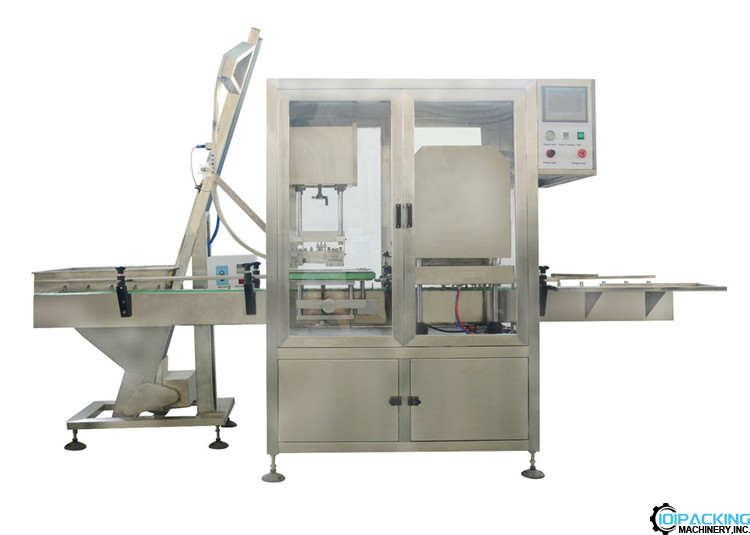
4.Rotary vacuum capping machine: This type of machine uses a rotary mechanism to move containers through the sealing process. It is suitable for high volume production and can handle a wide range of container types and sizes.
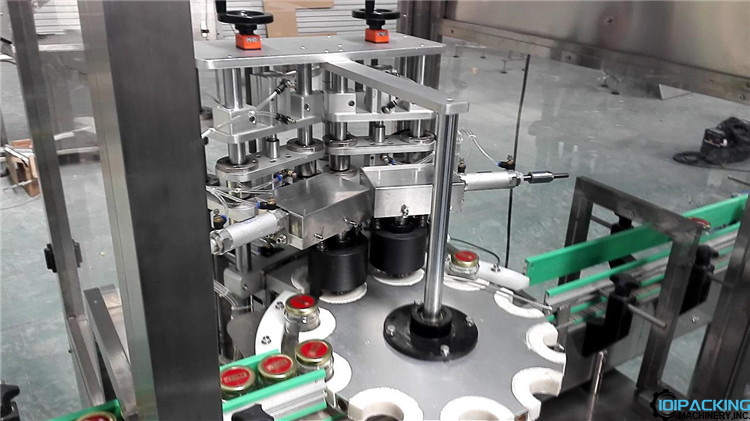
5.Continuous vacuum capping machine: This type of machine is designed to continuously seal containers as they move along a conveyor belt. It is suitable for high volume production and can be customized to meet specific production requirements.
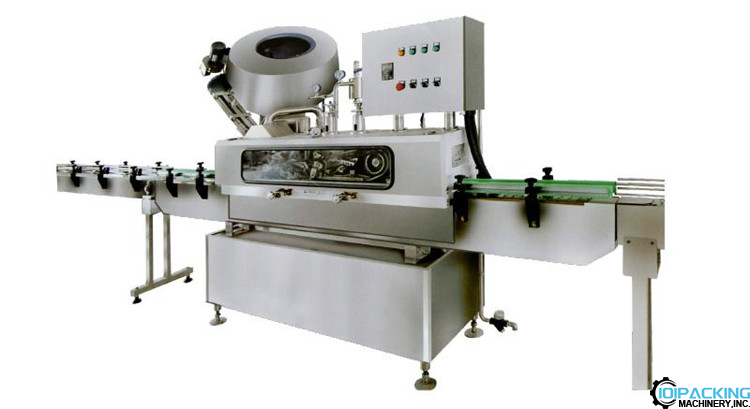
3.Trends
There are several trends shaping the development and adoption of vacuum capping machines. Here are some of the key trends:
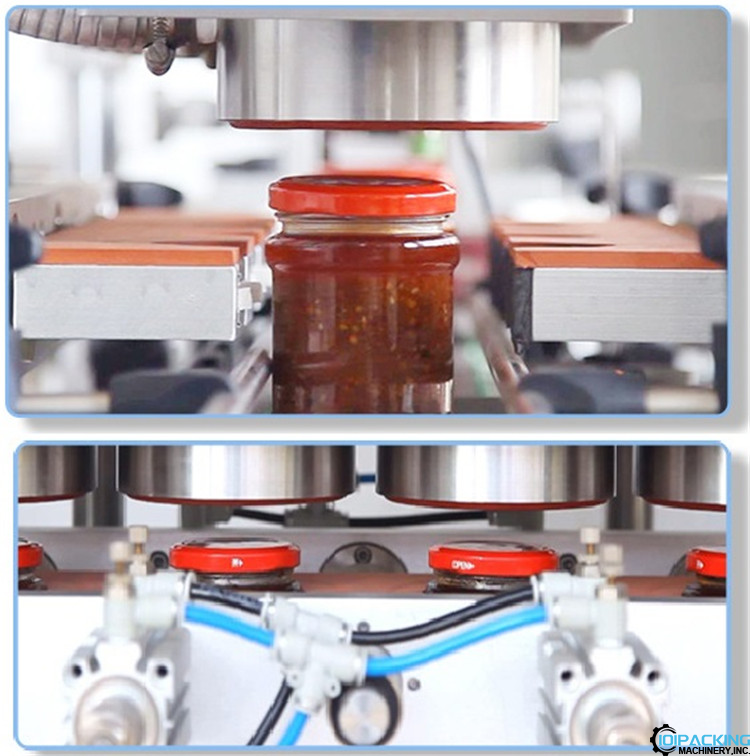
1.Increased demand for automation: Manufacturers seek to increase production efficiency and reduce labor costs, driving the development of more advanced machines that can handle a wider range of container types and sizes.
2.Emphasis on sustainability: With growing concerns about the impact of packaging waste on the environment, there is a trend towards more sustainable packaging solutions. Vacuum capping machines can help reduce food waste by extending the shelf life of products, which can reduce the need for excess packaging.
3.Advances in technology: Vacuum capping machines are becoming more sophisticated, with advances in technology such as automation, robotics, and artificial intelligence. These technologies are enabling manufacturers to increase production efficiency, reduce errors, and optimize the sealing process for different types of products and containers.
4.Focus on product quality: Vacuum capping machines are being used to improve the overall quality of products. For example, some machines use modified atmosphere packaging (MAP) technology to replace the air inside the container with a specific gas mixture, which can help preserve the color, texture, and flavor of the product.
5.Growing demand for customized solutions: As the market for vacuum capping machines continues to grow, there is a trend towards more customized solutions that can meet the specific needs of manufacturers.
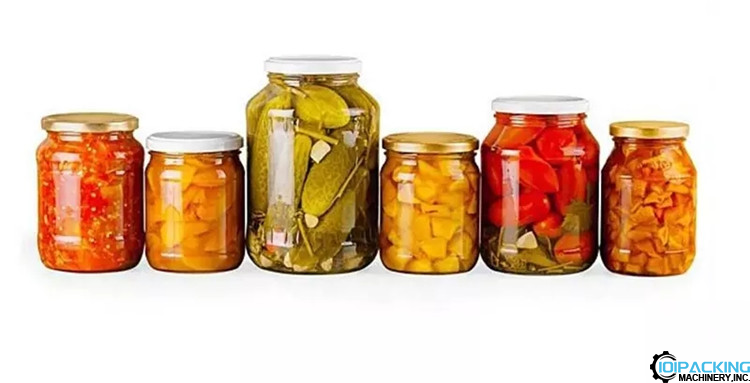
4.Advantages
Vacuum capping machines offer several advantages for manufacturers, including:
1.Increased shelf life: By removing the air inside the container and creating a tight seal, vacuum capping machines help to extend the shelf life of products. This can help manufacturers reduce waste and increase profits by reducing spoilage.
2.Improved product quality: Vacuum capping machines can help preserve the color, texture, and flavor of products by protecting them from exposure to air and light.
3.Increased production efficiency: Vacuum capping machines can seal containers quickly and efficiently, reducing the need for manual labor and increasing production capacity.
4.Versatility: Vacuum capping machines can handle a wide range of container types and sizes, making them suitable for a variety of products.
5.Customizable: Vacuum capping machines can be customized to meet the specific needs of manufacturers, such as integrating with existing production lines or accommodating unique container shapes.
6.Cost-effective: Vacuum capping machines can help reduce costs by improving production efficiency, reducing waste, and extending the shelf life of products.
7.Sustainable: Vacuum capping machines can help reduce the need for excess packaging, as well as reducing food waste, making them a more sustainable packaging solution.
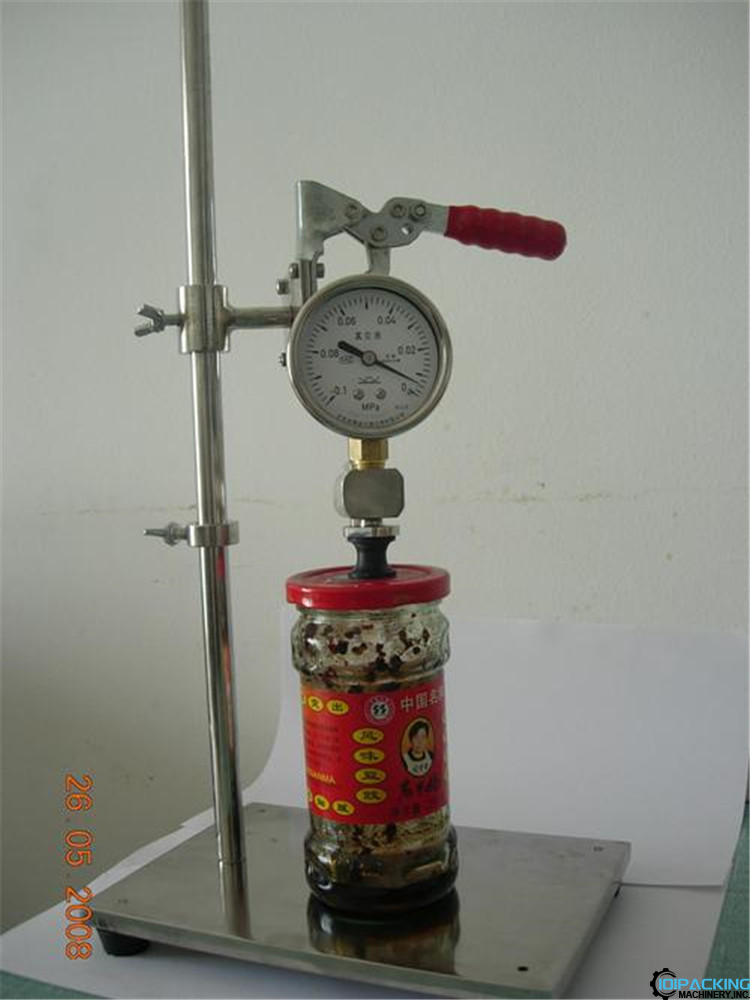
Conclusion
Vacuum capping machines are a vital tool for preserving the freshness and quality of food and beverage products. Manufacturers should carefully consider their production requirements and container types when choosing a vacuum capping machine. With the ongoing trends towards automation, sustainability, and innovation, we can expect to see further advances in the technology and capabilities of vacuum capping machine.

Contact: 101Packing
Phone: +86 198 7511 8892
E-mail: info@101packing.com
Add: 5th Floor, Outside Building, Shangxue Tech Park, Jihua Road, Longgang District, Shenzhen,Guangdong,China